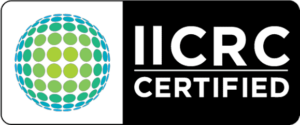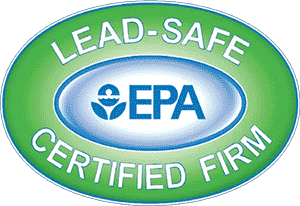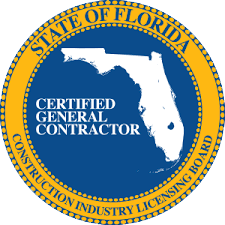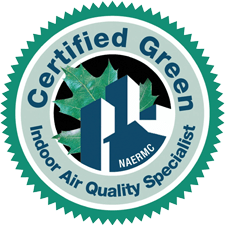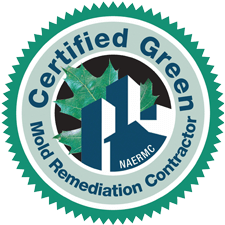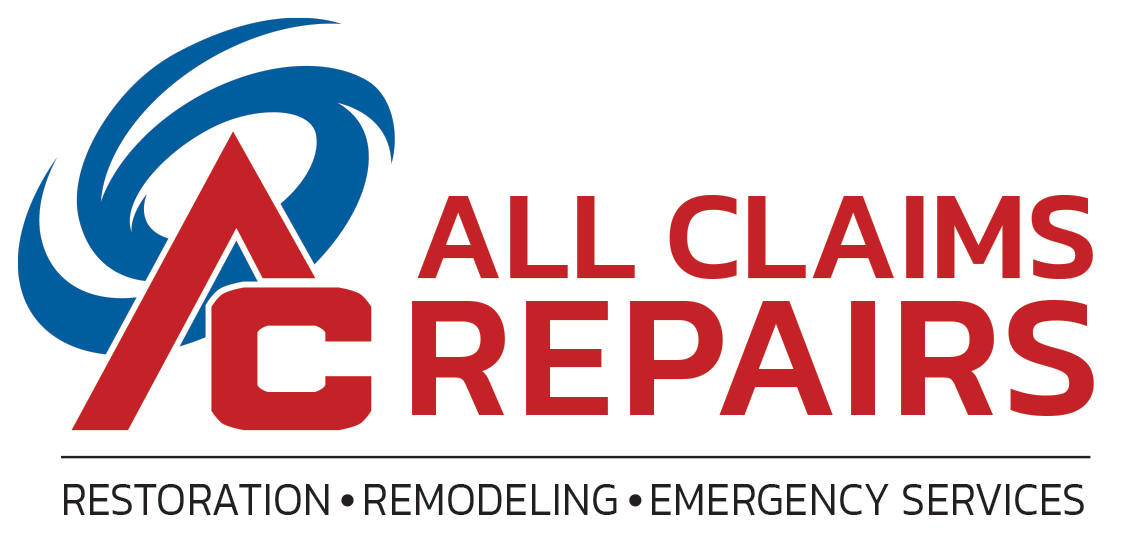Fire Damage Restoration
How Soon Should I Start Fire Damage Restoration After a Fire?
It’s crucial to begin fire damage restoration as soon as possible. Lingering smoke, soot, and water from firefighting efforts can cause secondary damage and increase restoration costs. A prompt response helps salvage more of your property and belongings.
What Does Fire Damage Restoration Include?
Fire damage restoration typically includes debris removal, soot and smoke cleanup, deodorization, structural repairs, and sometimes reconstruction. It may also involve cleaning HVAC systems and salvaging personal contents.
Can I Clean Up the Fire Damage Myself?
While you may be tempted to handle the cleanup yourself, it is advisable to hire professionals. Fire damage restoration involves specialized equipment and techniques to ensure thorough cleaning and restoration, as well as the removal of hazardous materials like soot and smoke residue.
Will My Insurance Cover Fire Damage Restoration?
Most homeowners’ insurance policies cover fire damage, but coverage can vary significantly. It’s essential to review your policy details and contact your insurance agent to understand what is covered and to file a claim promptly.
How Long Does the Fire Damage Restoration Process Take?
Restoration timelines vary based on the extent of damage. Minor damage might take a few days to a week, while extensive damage could take several weeks or longer.
Smoke Damage Repair
How Is Smoke Odor Removed From My Home?
Professionals use specialized equipment like ozone generators, thermal foggers, and HEPA air scrubbers to neutralize and remove smoke odors from surfaces and air.
Can I Clean Smoke Damage Myself?
Light surface soot may be cleaned with mild products, but professional smoke damage repair is recommended for deeper issues. Improper cleaning can spread residues or damage surfaces further.
Is Smoke Damage Harmful to My Health?
Yes. Smoke contains harmful chemicals that can irritate lungs, eyes, and skin. Prolonged exposure may lead to respiratory problems, especially for children, elderly individuals, or those with preexisting conditions.
How Do I Assess the Extent of Smoke Damage?
Assessing smoke damage involves evaluating the affected materials and areas in your property. Look for discoloration on walls, ceilings, and furniture, and inspect for a lingering odor. It may be beneficial to consult a professional who can assess structural damage and air quality.
Water Damage Restoration
What Are Common Causes of Water Damage?
Water damage can result from burst pipes, roof leaks, plumbing issues, appliance failures, flooding, or severe weather.
How Quickly Should Water Damage Be Addressed?
Immediately. Mold can start growing within 24–48 hours. The faster water is extracted and drying begins, the less structural damage and health risk you’ll face.
Can Water-Damaged Items Be Saved?
Some items like furniture, documents, or electronics can be restored depending on the extent of damage and how quickly restoration begins. Professionals can often recover more than you might expect.
Will My Insurance Pay for Water Damage Restoration?
It depends on the source of the water. Sudden and accidental damage (like burst pipes) is typically covered, but flooding or neglect-related issues may not be. Check your policy details or consider additional flood insurance.
How Do I Know if My Property Has Water Damage?
Signs of water damage include visible water stains on ceilings and walls, mold growth, a musty odor, and unexpected increases in water bills. If you suspect water damage, it’s essential to conduct a thorough inspection or consult with a professional.
Mold Remediation
What Causes Mold Growth in a Home or Business?
Mold thrives in moist, warm environments. It often appears after water damage, high humidity, or poor ventilation. Leaky roofs, windows, or plumbing can also contribute.
How Do Professionals Remove Mold?
Mold remediation involves identifying moisture sources, isolating affected areas, removing contaminated materials, HEPA vacuuming, cleaning with antimicrobial agents, and restoring air quality.
Can I Clean Mold Myself?
Small mold patches on non-porous surfaces may be cleaned with vinegar or mold-killing products. However, widespread or recurring mold requires professional remediation to address the root cause and prevent regrowth.
How Long Does Mold Remediation Take?
The duration of mold remediation depends on the extent of the mold problem, the size of the area affected, and the methods used. It can take anywhere from a few hours to several days. A professional mold remediation team will be able to provide a more accurate timeline after assessing your specific situation.
Storm Damage Restoration
What Should I Do Immediately After a Storm?
First, ensure your safety and the safety of others. Avoid going outdoors until you’re sure it’s safe. Then, inspect your property for damage and document it thoroughly for insurance purposes.
What Types of Storm Damage Do You Handle?
We handle wind damage, hail damage, water intrusion, roof damage, fallen trees, siding damage, broken windows, and more.
How Quickly Can You Respond After a Storm?
We offer 24/7 emergency response and typically arrive within 60 minutes or less depending on your location.
Do You Work With Insurance Companies?
Yes, we work directly with all major insurance providers and can assist with the claim process from start to finish.
Can You Prevent Mold After Storm Damage?
Yes. We provide water extraction, drying, and mold prevention services to stop mold before it starts.
